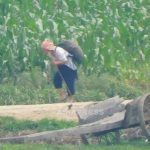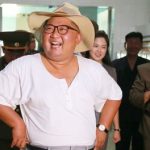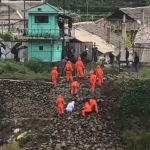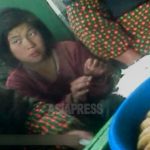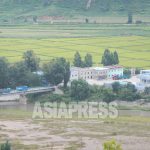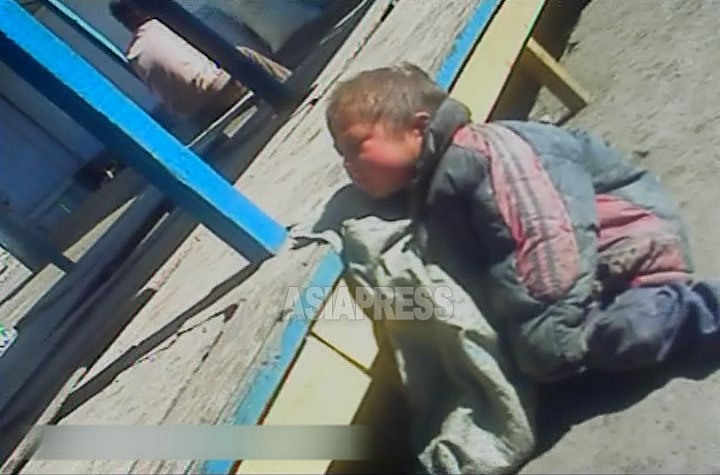
During the harshest part of the winter freeze that struck North Korea in January, the discovery of a large number of frozen bodies outdoors led police agencies in one area of the country to begin investigating the housing status of local residents. The police embarked on the investigation to eradicate people who had left their registered places of residence and to better understand sentiments among the people given that the bodies of those found frozen outside had been homeless, missing persons, and wanderers from other regions. (KANG Ji-won / ISHIMARU Jiro)
◆ Poverty leads people to abandon life in the cities and wander throughout the country
A reporting partner in Musan County, North Hamgyung Province, gave this report on February 6:
“Starting in early February, the police began confirming the housing status of people through district offices and neighborhood watch units. The reason given for the investigation was due to the successive discovery of frozen bodies in mud huts and corn fields in January and that these people had been homeless or were wanderers who had left their registered places of residence. The police quickly moved to confirm the housing status of people in the area,”
※ Neighborhood watch units, or inminban, are North Korea’s lowest administrative unit and are typically made up of 20-30 households.
Following the outbreak of the COVID-19 pandemic in 2020, North Korean authorities began severely restricting the movement of people in the country, leading many urbanites who had lost their cash incomes due to the economic downturn to fall into even greater depths of poverty. They sold their homes or became homeless, or abandoned city life to wander around the country, sometimes setting up mud huts in mountain forests to eke out a living.
In Musan County, where the reporting partner lives, the authorities handed down a strongly worded order to completely eliminate conditions that allowed missing people and wanderers to move around freely.
◆ “Four people I knew froze to death”
“Most of the people who froze to death in January were elderly and homeless people. There were even four people I knew (among the dead). The police told the neighborhood watch unit to closely watch over and manage the people under its charge to ensure another incident like that didn’t occur and is demanding that (the neighborhood watch unit) immediately report the discovery of anyone who had gone missing.”
During the harshest part of the cold snap in late January in North Korea’s northern region, there were areas where temperatures fell to depths as low as -30 degrees Celsius.
ASIAPRESS was unable to confirm whether the discover of frozen bodies in other areas of the country has led local police to order neighborhood watch units to closely watch those under their charge.
※ ASIAPRESS communicates with its reporting partners through Chinese cell phones smuggled into North Korea.
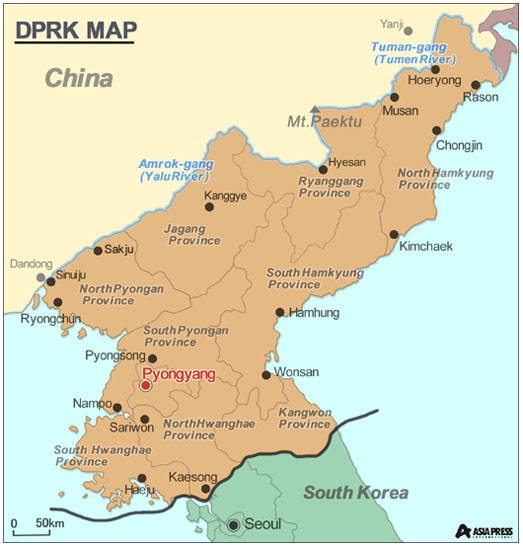
- <Inside N. Korea>Even high-level cadres mobilized to collect human feces during this year’s “manure battle”…People bring buckets with them when going to the public lavatory
- <Confidential Document>Runaways, suicides and deaths are commonplace in N. Korea’s police detention facilities, leading Kim Jong-un to sign off on measures to punish those in charge
- Facing an extreme cold snap, North Koreans are in the middle of a terrible war with the cold ISHIMARU Jiro
- Recently obtained “confidential document” signed off by Kim Jong-un reports on a gruesome incident involving a shock brigade
- <Confidential Document> With the collapse of the medical system, Kim Jong-un orders crackdown on home remedies to treat illnesses…Why?
